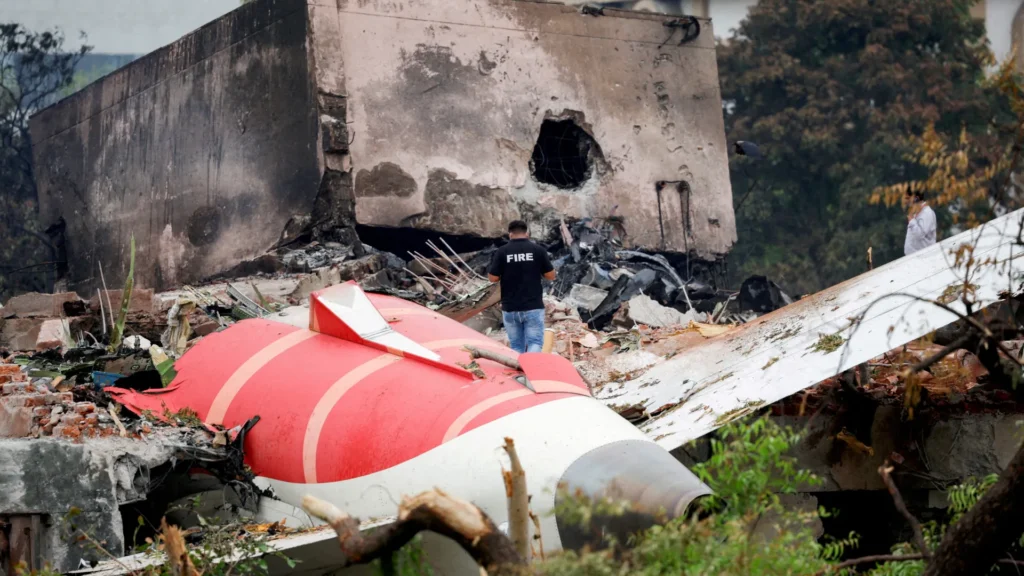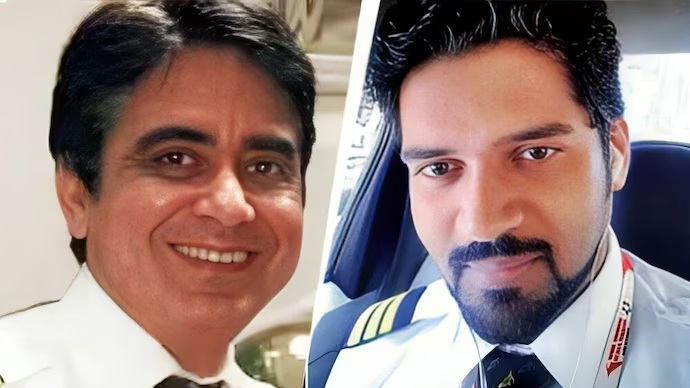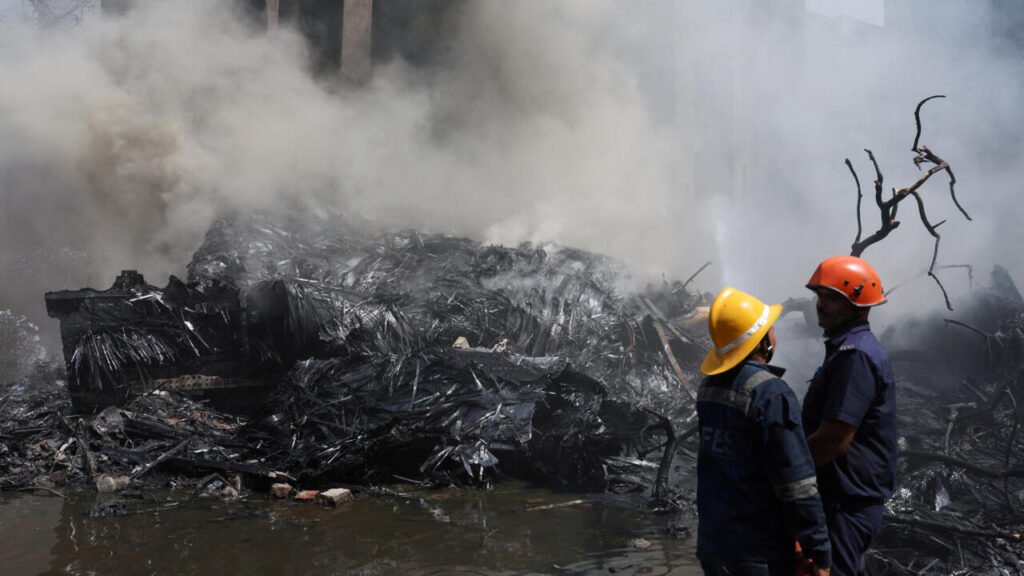The Air India Investigation Was Meant for Closure, But Created More Confusion
Investigations are supposed to bring closure. They are supposed to give us truth, not theories. But the Air India crash report does the exact opposite. It leaves families, experts, and even seasoned pilots with frustration and disbelief. This was never about blaming a machine or pointing fingers at Boeing. It wasn’t about protecting Air India’s image either. It was about lives lost lives that will never return and the right of every passenger to know that justice and truth matter in our skies.

The preliminary report was released on June 12, 2025, by the Civil Aviation Investigation Bureau, which was tasked with determining the cause of the accident. While the early pages speak in routine, technical terms, it is in the final pages that disturbing and vague details emerge details that have now raised more controversy than clarity.
The Timeline That Changed Lives Forever
The Air India aircraft in question was Flight AI-229, a routine passenger flight traveling from Dubai to Kozhikode. It took off on schedule, and everything appeared normal. It was operated by two experienced pilots. The plane reached cruising altitude, the cabin was calm, and the passengers were safe until everything began to go wrong.
At the point of peak speed, the aircraft was reported to have issues with its fuel system. This isn’t speculation it is mentioned in the report itself. And the way the fuel problem is described is what troubles so many.
Fuel Issue A Critical Detail That Raises Doubts
According to the report, there was a moment during the flight where both pilots discussed a concerning issue: the fuel supply had been shut off. Moments later, they attempted to restart the engine only for it to fail again. Fuel in modern aircraft flows through a fuel pump system, controlled by toggle switches in the cockpit usually located in the overhead panel above the pilot’s seats. These are not small switches that flip easily. They require deliberate action. Accidentally turning them off is highly unlikely.
There is also a “run” and “cut-off” mode. “Run” allows the engine to continue operation, while “cut-off” stops fuel flow. The report shockingly suggests that someone manually turned the switches to cut-off, effectively disabling the engine.
But here’s the chilling part: the report implies it may have been done by the pilots themselves.
Pilots Can’t Defend Themselves – So Who Will?
This suggestion has sparked outrage. The Indian Pilots’ Association has already raised strong objections to the report, calling it biased, unclear, and disrespectful to the memory of the pilots who lost their lives trying to save everyone on board.

“It is very convenient to blame those who can no longer speak for themselves,” said a spokesperson.
The report does not explain why the pilots would turn off fuel intentionally. Nor does it give any evidence beyond flight data. There is no cockpit audio, no full analysis of emergency protocols, and no mention of whether the toggle switches were malfunctioning or had been replaced or tested prior to the flight. This is not an investigation that builds trust. This is a report that sparks suspicion.
The Mysterious Old Switch – Ignored and Dismissed
One of the most troubling details in the report is a brief mention of an “old switch” in the fuel pump system. It was supposedly marked for testing but later dismissed as “not necessary” by the airline’s maintenance team.
Let that sink in.
An aircraft part directly related to fuel flow was known to be outdated but Air India reportedly decided it didn’t need testing. Why? Was it cost-cutting? Negligence? Oversight? The report doesn’t explain. It simply moves on. This one fact could change everything—yet it’s barely given a paragraph.
A Probe the Public Didn’t Ask For
This is not the investigation India was waiting for. People wanted a full picture a probe into systems, into protocols, into every possibility. What we got instead was a technical document pointing to pilot error, a few vague notes on weather, and an unsettling silence about mechanical responsibility. The report feels like a document designed to end the conversation not start it.
We deserve better. When aircraft crash, especially under such confusing conditions, every element must be examined. Were there communication gaps between the crew and air traffic control? Was the fuel system tested thoroughly before takeoff? Did the flight crew receive updated training or were they under operational pressure?
None of these are fully addressed. Instead, the focus is placed on two pilots heroes in the eyes of their families who cannot speak to defend themselves.
We Deserve Speculation If Not the Truth

Yes, speculation is dangerous. But when investigations hide behind vague phrases, half-truths, and missing evidence, speculation becomes all we have left. The truth needs to be complete, even if it is uncomfortable. By failing to explain how a fuel system could simply switch off, and why such an important mechanical part was not tested, the report creates space for doubt. And that doubt is not just natural it is justified. Because what the public sees right now is this: a flawed report, muted responsibility, and a tragedy reduced to footnotes.
A Final Plea for Transparency
We do not need blame games. We need answers. We need transparency. Most of all, we need respect for those who died and those left behind. Blaming pilots without a full breakdown of systems and without presenting a real-world test of every factor involved is not just unfair it’s unacceptable.
India deserves a second investigation. One that involves independent experts, includes mechanical checks, and doesn’t skip over uncomfortable truths. Because the lives lost on that plane matter. Their families matter. And our trust in the skies matters too.
must read : Chandrayaan-4 Triumph Will Redefine India’s Space Legacy










Leave a comment